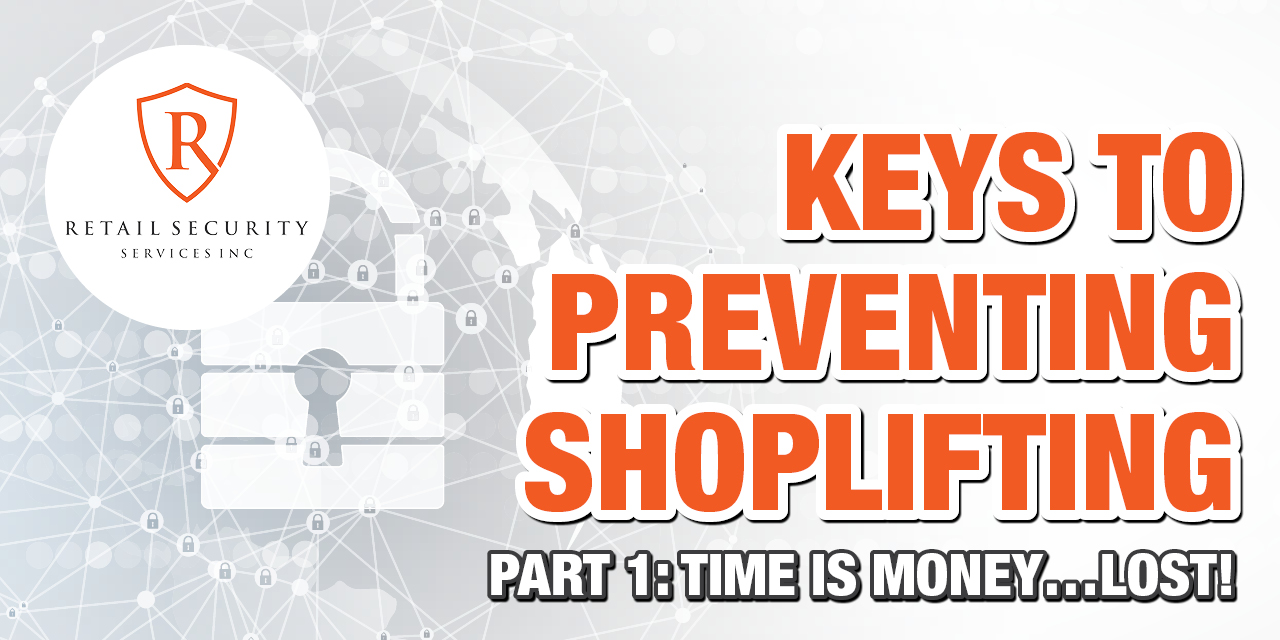Shoplifting is a persistent concern for retailers, with theft incidents capable of transpiring in any aisle or department. However, studies have revealed that specific areas within stores may be more susceptible to such illicit activities. Moreover, understanding the time of day when theft is most likely to occur is crucial for retailers across various sectors. Let’s delve into the peak theft times to shed light on these vulnerable periods.
- Retailers:
- Clothing and accessory stores: These stores are particularly at high-risk, with a significant number of shoplifting incidents reported in dressing rooms or areas where customers can try on items. Incidents are more likely to occur during the day, when stores are busiest.
- Electronics stores: High-end electronics are popular targets for shoplifters, and these incidents are more likely to occur in the evening, when stores are less busy and minimally staffed.
- Bookstores: Bookstores are often targeted for smaller items, such as magazines or books, which can easily be concealed. Shoplifting incidents are more likely to occur during the day, particularly during weekdays.
2. Specialty shops: - Liquor stores: High-end liquor is a common target for shoplifters, and incidents are more likely to occur during the evening or late at night, when stores are quieter.
- Jewelry stores: Jewelry stores are at high risk of shoplifting, particularly during the day when they are busiest. The risk is even higher during holidays or special events.
- Beauty stores: High-end cosmetics and beauty products are popular targets for shoplifters, and incidents are more likely to occur during the day or early evening.
3. Home goods stores: - Home improvement stores: These stores are particularly high-risk due to the large number of small, expensive items available for purchase. Shoplifting incidents are more likely to occur during the day, particularly on weekends.
- Furniture stores: High-end furniture is a common target for shoplifters, and incidents are more likely to occur during the day, particularly on weekdays.
- Home decor stores: Small, decorative items are popular targets for shoplifters in home decor stores, and incidents are more likely to occur during the day or early evening.
4. Grocers:
- Supermarkets: Supermarkets are at high risk of shoplifting, particularly during the day when they are busiest. Common targets include high-end meat and seafood, alcohol, and small items such as candy or snacks.
- Health food stores: Health food stores are at higher risk of shoplifting due to the high price of many health food items. Shoplifting incidents are more likely to occur during the day, particularly on weekdays.
- Convenience stores: Convenience stores are at high risk of shoplifting, particularly during the evening or late at night when stores are quieter. Common targets include cigarettes, alcohol, and small items such as candy or snacks.
In conclusion, understanding the peak theft times in different retail sectors can empower businesses to strengthen their loss prevention strategies. Various factors contribute to the increased occurrence of shoplifting during these periods. For instance, lower staff levels can lead to reduced surveillance and slower response times. Additionally, staff members may become preoccupied with managing a larger customer load, inadvertently creating opportunities for shoplifters. Lastly, employee fatigue towards the end of a shift can impact alertness and attentiveness to suspicious behavior. Recognizing these potential reasons can help retailers allocate resources effectively, address staffing concerns, and implement measures to combat theft during these vulnerable times and places of shopping.
By taking a proactive approach, such as increasing staff presence, optimizing customer service, and leveraging technology for surveillance and theft prevention, retailers can significantly reduce shoplifting incidents and mitigate losses. It is crucial to foster a culture of awareness and security among employees and continuously refine and adapt loss prevention strategies to align with evolving trends and challenges.
Ultimately, by prioritizing effective loss prevention during peak theft times, retailers can create a safer shopping experience for customers, protect their merchandise, and ensure a healthier bottom line.
Stay tuned for our upcoming multi-part series on shoplifting prevention! Our first article will cover “Dress for Success – How to Spot a Potential Shoplifter.” Learn what to look for, including clothing choices, body language, and unusual behavior. In the following articles, we’ll explore topics such as the impact of legislation on shoplifting rates and how store atmosphere can affect the likelihood of theft. Don’t miss out on this informative series!
For more information on our security guard services please contact us at [email protected] or call +1 631-719-7261
